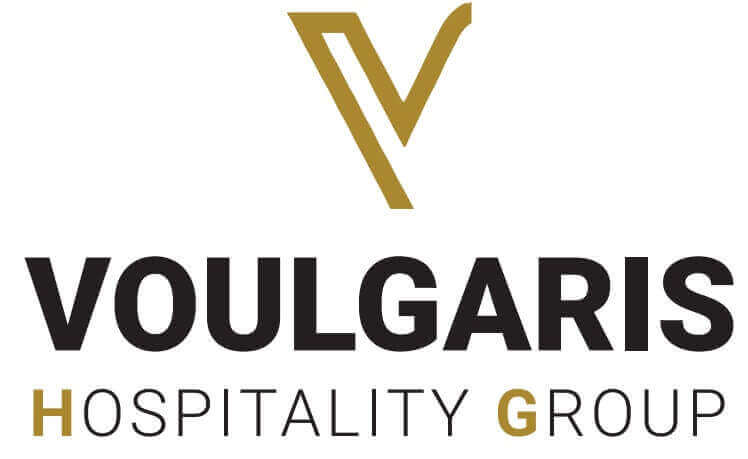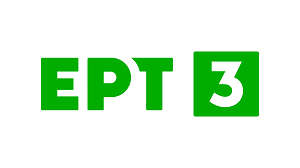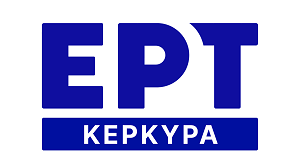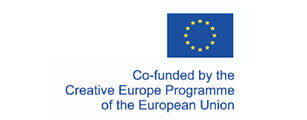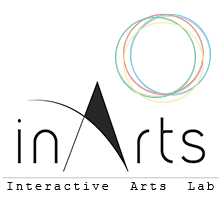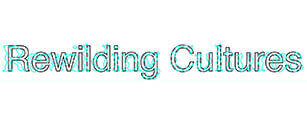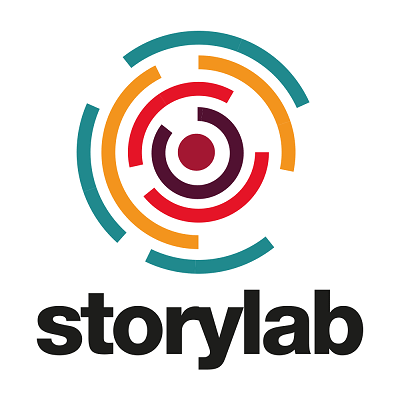Digital technologies in museums and heritage spaces offer unique experiences open and accessible to the global community. In this work, the targeted actions and innovative applications developed during ARTECH project are presented, aiming at highlighting the importance and superiority of the permanent collection of Teloglion Fine Arts Foundation, located in Thessaloniki, Greece. The main goal is to enhance the experience and the experiential learning – entertainment of visitors through interactive, modern educational and multimedia methods. During the ARTECH project, a digital 3D imaging platform which enables virtual 3D tours in Teloglion Fine Arts Foundation and interaction of virtual visitors with the cultural exhibits has been developed. This platform hosts cultural items of the permanent collection of the Foundation as well as of temporary exhibitions. In addition, multimedia educational applications (games) have been developed to enrich the overall experience of visitors offering experiential learning of artworks conservation.
Virtual 3D tours are realized through an application that allows visitors to navigate the Foundation's premises and explore artefacts’ from its permanent collection. Moreover, the 3D tours are accompanied by audio-enhanced descriptive information about the Foundation. For the 3D rendering of Telloglion’s premises, a laser scanner, together with panoramic shots from a full frame 50Mpixels camera attached to a mechanical stabilizer (gimbal), were used. The camera was positioned at two different heights, so as to achieve the optimal photorealistic texture. Additionally, a laser scanner and an unmanned aerial vehicle with a full frame 45Mpixels camera were used to render the exterior of the Teloglion’s building and its surroundings. For the digitization of the artefacts, a structured light scanner was used. Within the present work, images from the virtual 3D tour at the Teloglion Fine Arts Foundation virtual museum are presented, together with screenshots of the developed serious games that have been developed in the framework of the ARTECH project
The work is realized in the framework of the “digitAlize aRt and culTural hEritage for personal experienCe via innovative tecHnologies” - ARTECH project, which is implemented under the Specific Action ‘‘Open Innovation in Culture’’ and is co-financed by the European Union and the European Regional Development Fund (ERDF) under the Operational Program “Competitiveness, Entrepreneurship &Innovation” (EPAnEK) (project code: Τ6ΥΒΠ-00015).
Back
